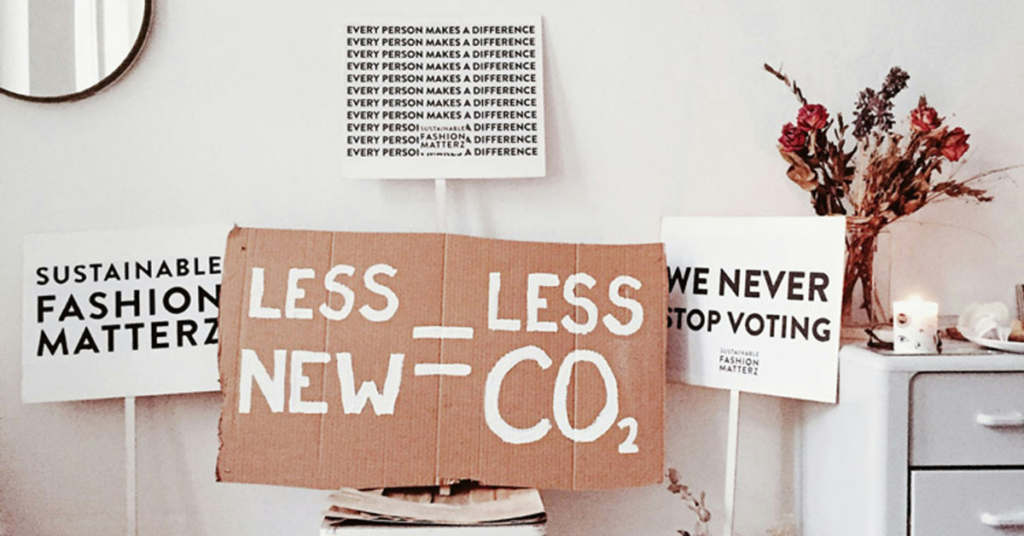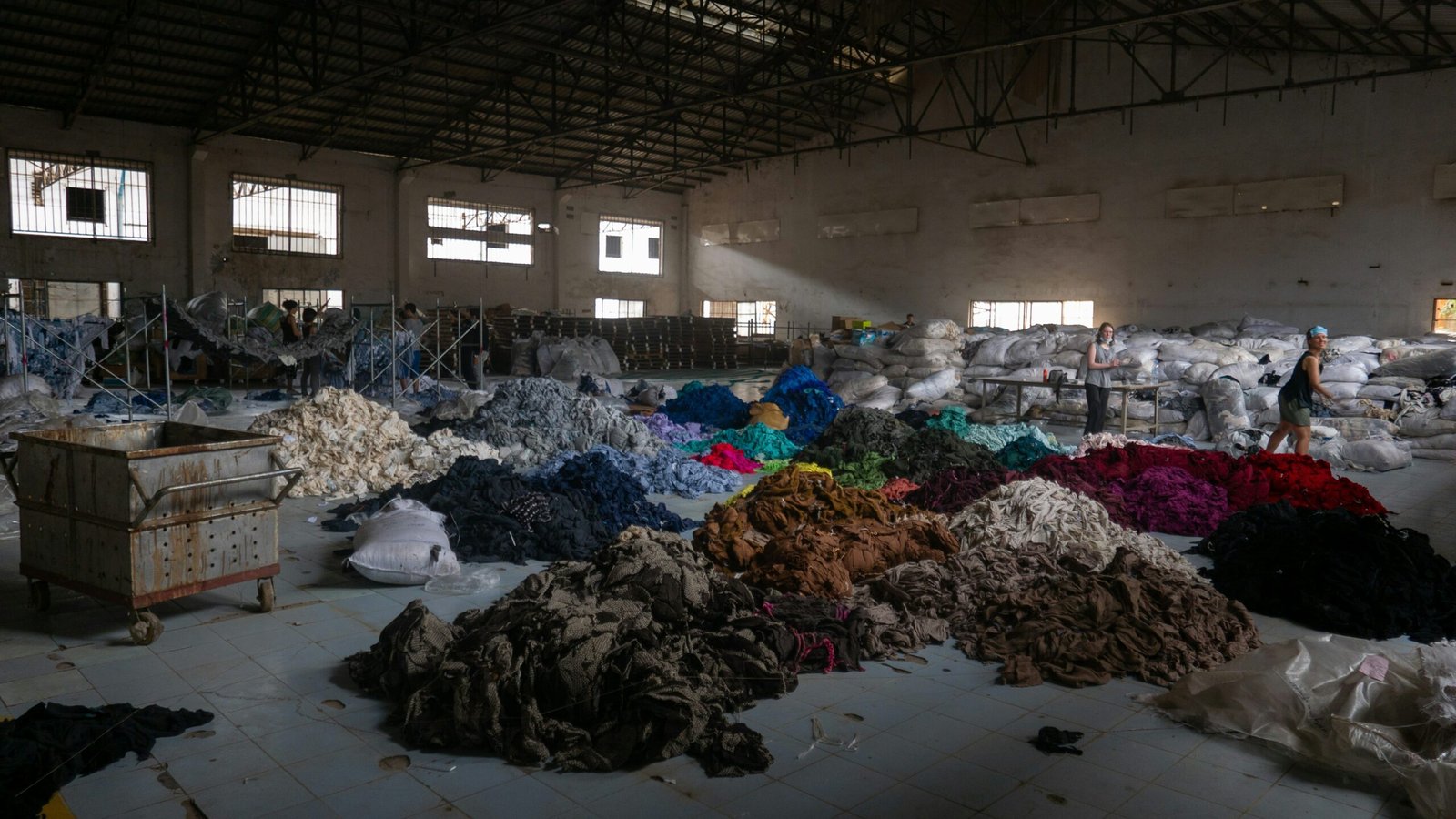The craze of fashion has revolutionized the way we consume clothing.
New season, new style, new trends, cheaper consumption, move on and throw away.
According to UNECE, production of clothing doubled between 2000 and 2014 with the average consumer buying 60 percent more pieces of clothes comparable to a decade ago. The industry has truly entered the era of “fast fashion”. This all comes at a steep cost of the environmental waste.
The current situation of fast fashion has alert as an environmental and social emergency. Lat’s explore the impact of the fast fashion on the environmental sustainability.
Water crisis
A lot of water consumes in the process of making clothes. Like 700 gallons of water require to produce a single cotton t-shirt and 2,000 gallons of water just for a pair of jeans.
Imagine a world where people are already facing the massive freshwater scarcity, this puts a massive strain on water resources.
Water pollution
The dyeing process used in fast fashion is a major polluter.
Toxic chemicals in dyes are often dumped into rivers and streams without proper waste treatment, such water waste contaminate fresh water resources and harming ecosystems. These pollutants can also seep into the ground, jeopardizing groundwater supplies.
Case studies from the Pakistan city, Kasur, which is the second largest tannery area of Pakistan, reported the presence of nitrates, chromium, fluoride, and chloride in the groundwater due to industries poor waste management strategies. This put the life of hundreds of humans and animal in danger.
Microplastic Madness
Synthetic fabrics is also a mainstay of fast fashion, textile industries which shed microplastics when washed. These tiny plastic fibers end up in oceans each year raising the associated negative environmental and health implications concern.
Landfill Legacy
More, the fast fashion gives the throw away culture that generates the mountains of textile waste.
Increase production of cloth and less consumption is also one of the factors of throw away culture. Heavy cost reduction, cheaper cost and increase utilization of synthetic material of clothes end up in landfills. That takes hundreds of years to decompose, if at all. Additionally, cloth waste management also contributes to greenhouse gas emissions as landfills decompose materials which is ranging between 2 and 8 percent of the global total.

Step towards environmental sustainability and stability
Increase the awareness of the potential environmental impact of fast fashion. Use of the Eco-friendly and biodegradable material.
- Buy less, buy better
- Embrace pre-loved clothing: buy from thrift stores and vintage shops for unique finds.
- Support sustainable brands: Look for brands committed to ethical production and eco-friendly materials.
- Give clothes a second life: Organize clothing swaps or donate unwanted items.
Make conscious choices to break free from the fast fashion cycle and create a more sustainable future for our planet and our wardrobes.

